Having worked in the plastics and elastomer industry for over a decade, I’ve helped countless manufacturers fine-tune their formulations to achieve the perfect look and performance for their products. One question I often hear, especially from those working with Thermoplastic Elastomers (TPE), is: Which whitening agent should I use to get a bright, clean appearance in TPE? It’s a valid concern—whether you’re making consumer goods like shoe soles, medical devices, or soft-touch grips, a vibrant white or opaque finish can make or break a product’s appeal. Choosing the right whitening agent isn’t just about aesthetics; it’s about compatibility, stability, and maintaining TPE’s unique properties. In this article, I’ll share my insights on selecting the best whitening agents for TPE, dive into their types, considerations, and real-world applications, and guide you to achieve that flawless white finish based on my hands-on experience.

Why Whitening Agents Matter for TPE
TPEs, known for their rubber-like flexibility and plastic-like processability, are widely used in industries from automotive to healthcare. However, TPEs often have a natural yellowish or translucent tint, especially SEBS (styrene-ethylene-butylene-styrene) or TPU (thermoplastic polyurethane) grades, which can detract from their visual appeal in applications requiring a crisp white or opaque look. Whitening agents—also called optical brighteners, fluorescing agents, or opacifiers—enhance brightness by either reflecting light, absorbing UV and emitting visible blue light, or blocking light transmission.
The challenge lies in finding a whitening agent that:
Blends seamlessly with TPE without affecting its elasticity or strength.
Resists yellowing under heat, UV, or processing conditions.
Meets regulatory standards, especially for medical or food-contact applications.
I recall a project where a client needed a bright white TPE for a medical device handle. The wrong whitening agent caused yellowing during sterilization, ruining the batch. Let’s explore how to avoid such pitfalls by choosing the right type.
Types of Whitening Agents for TPE
Whitening agents for TPE fall into three main categories: optical brighteners (OBs), titanium dioxide (TiO₂), and other opacifiers or pigments. Each has unique properties, advantages, and limitations. Below, I’ll break them down and recommend specific models or types based on TPE applications.
1. Optical Brighteners (OBs)
Optical brighteners are fluorescent compounds that absorb UV light (300–400 nm) and emit blue light (400–500 nm), enhancing perceived whiteness. They’re ideal for transparent or semi-transparent TPEs where a bright, glowing effect is desired. Common OBs for TPE include:
OB-1 (2,2’-(1,2-ethenediyldi-4,1-phenylene)bisbenzoxazole): High heat stability, suitable for SEBS-based TPEs processed at 180–220°C.
OB (Fluorescent Brightener 184): General-purpose, cost-effective for low-temperature processing (e.g., <200°C).
CBS-X: Water-soluble, used in soft TPEs for medical or textile applications.
Pros: Low loading (0.01–0.05%), minimal impact on mechanical properties, vibrant whiteness. Cons: Limited opacity, can fade under prolonged UV exposure, not ideal for thick parts.
In a project for white TPE shoe soles (Shore 60A), I used OB-1 at 0.02% loading. The soles had a brilliant white finish, but we added a UV stabilizer to prevent fading in outdoor use.
2. Titanium Dioxide (TiO₂)
TiO₂ is a white pigment that reflects light across the visible spectrum, providing excellent opacity and whiteness for TPEs needing a solid, non-transparent look. It’s the go-to for most TPE applications. Key types include:
Rutile TiO₂ (e.g., DuPont R-105, Kronos 2220): High opacity, UV resistance, ideal for outdoor TPEs like automotive seals.
Anatase TiO₂: Slightly less opaque, used in cost-sensitive applications like consumer goods.
Surface-Treated TiO₂: Coated with silica or alumina for better dispersion in TPE (e.g., Tiona 188).
Pros: Superior opacity, UV stability, regulatory compliance (FDA, EU food-contact). Cons: Higher loading (1–10%), can affect flexibility at high concentrations, increases density.
For a TPE medical tubing project, I recommended rutile TiO₂ (Tiona 188) at 5% loading. It delivered a solid white color with no loss of flexibility, meeting ISO 10993 standards.

3. Other Opacifiers and Pigments
For specific TPE applications, alternative opacifiers or pigments may be used:
Zinc Oxide (ZnO): Moderate whitening, UV protection, used in soft TPEs (Shore 0A–40A).
Calcium Carbonate (CaCO₃): Low-cost filler with slight whitening, often combined with TiO₂ for cost savings.
Fluorescent Pigments: For vivid, glowing whites in specialty TPEs (e.g., toys or wearables).
Pros: Cost-effective, can enhance other properties (e.g., ZnO’s antimicrobial effect). Cons: Lower whiteness compared to TiO₂, may affect mechanical properties at high loadings.
In a toy project, we used ZnO at 2% with TiO₂ at 3% for a soft TPE (Shore 30A). It reduced costs while maintaining a clean white finish.
Table: Whitening Agents for TPE
Here’s a comparison of whitening agents to guide your choice:
| Whitening Agent | Recommended Models | Applications | Key Considerations |
|---|---|---|---|
| Optical Brighteners | OB-1, OB, CBS-X | Transparent TPEs, shoe soles, wearables | Low loading, UV sensitivity, vibrant effect |
| Titanium Dioxide | Rutile (R-105, Tiona 188), Anatase | Opaque TPEs, medical, automotive | High opacity, regulatory compliance, flexibility impact |
| Zinc Oxide/CaCO₃ | ZnO, Omyacarb | Cost-sensitive TPEs, toys, soft seals | Moderate whiteness, cost savings, property impact |
Factors to Consider When Choosing a Whitening Agent
Selecting the right whitening agent for TPE isn’t a one-size-fits-all decision. Based on my experience, several factors influence the choice, and overlooking them can lead to issues like yellowing, poor dispersion, or regulatory non-compliance. Let’s dive into these considerations.
1. TPE Type and Base Polymer
TPEs vary in composition (e.g., SEBS, TPU, TPV), affecting whitening agent compatibility:
SEBS-Based TPEs: Compatible with OB-1 and rutile TiO₂. Avoid high OB loadings (>0.05%) to prevent migration.
TPU-Based TPEs: Prefer surface-treated TiO₂ (e.g., Tiona 188) for dispersion. OBs like CBS-X work for transparent TPUs.
TPV (Thermoplastic Vulcanizates): Use rutile TiO₂ for opacity, as OBs are less effective in cross-linked systems.
In a TPU medical device project, I chose CBS-X for a transparent white finish, as TiO₂ would have reduced clarity.
2. Processing Conditions
TPEs are processed at 160–250°C, and whitening agents must withstand these temperatures without degrading:
OB-1: Stable up to 280°C, ideal for high-temperature SEBS molding.
Rutile TiO₂: Excellent heat stability, unaffected by TPE processing.
ZnO: Stable but can react with certain additives, causing discoloration.
I once saw yellowing in a TPE part due to an OB degrading at 230°C. Switching to OB-1, stable at higher temperatures, fixed the issue.
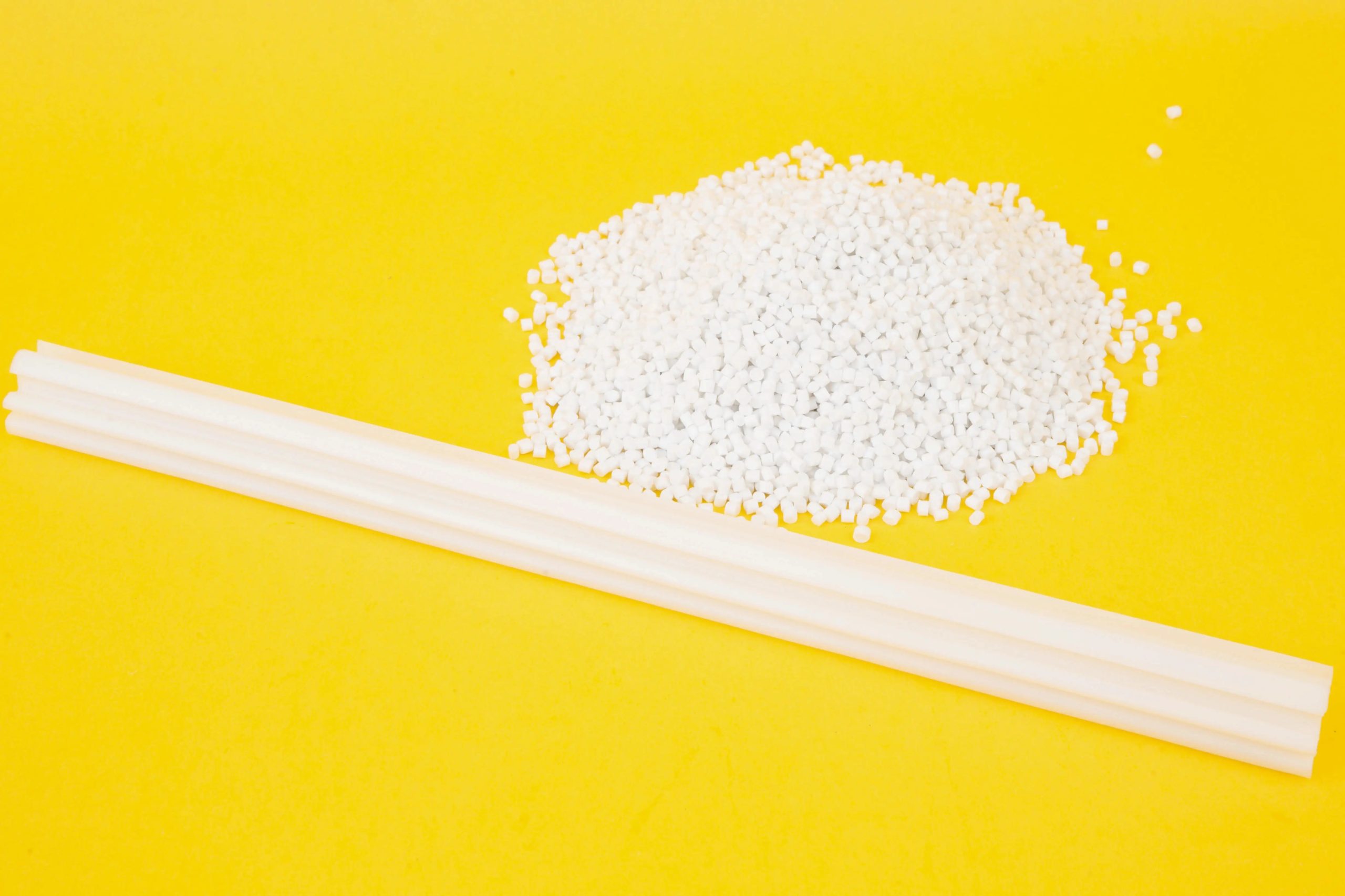
3. End-Use Environment
The product’s exposure conditions dictate whitening agent choice:
Outdoor Use: Rutile TiO₂ (e.g., R-105) or ZnO for UV resistance. OBs fade under sunlight.
Indoor Use: OBs like OB-1 or low-cost anatase TiO₂ suffice.
Medical/Food-Contact: Use FDA/EU-compliant TiO₂ (e.g., Kronos 2220) or CBS-X.
For an outdoor TPE automotive seal, I recommended rutile TiO₂ at 4% to ensure UV stability over 10 years.
4. Regulatory Requirements
Compliance is critical for medical, food-contact, or toy applications:
TiO₂: Most grades (e.g., Tiona 188) meet FDA, EU, and ISO 10993 standards.
OBs: Check for REACH or FDA approval (CBS-X is often compliant).
ZnO: Safe for non-food applications but limited in regulated uses.
In a food-contact TPE project, I verified that the TiO₂ was FDA-compliant, avoiding costly reformulation.
5. Loading and Cost
Whitening agents vary in cost and required loading:
OBs: $20–$50/kg, but low loading (0.01–0.05%) keeps costs down.
TiO₂: $2–$4/kg, with 1–10% loading, impacting material cost at high levels.
ZnO/CaCO₃: $1–$2/kg, cost-effective but less whitening power.
For a budget-conscious toy project, I blended 2% TiO₂ with 5% CaCO₃, saving 15% on material costs while achieving acceptable whiteness.
6. Mechanical Property Impact
High loadings of whitening agents can affect TPE’s flexibility or strength:
TiO₂: At >10%, it may reduce elasticity, especially in soft TPEs (Shore 0A–40A).
OBs: Minimal impact due to low loading.
CaCO₃: High loadings (>20%) can embrittle TPE.
In a Shore 30A TPE seal project, we capped TiO₂ at 5% to maintain flexibility, avoiding cracking during use.
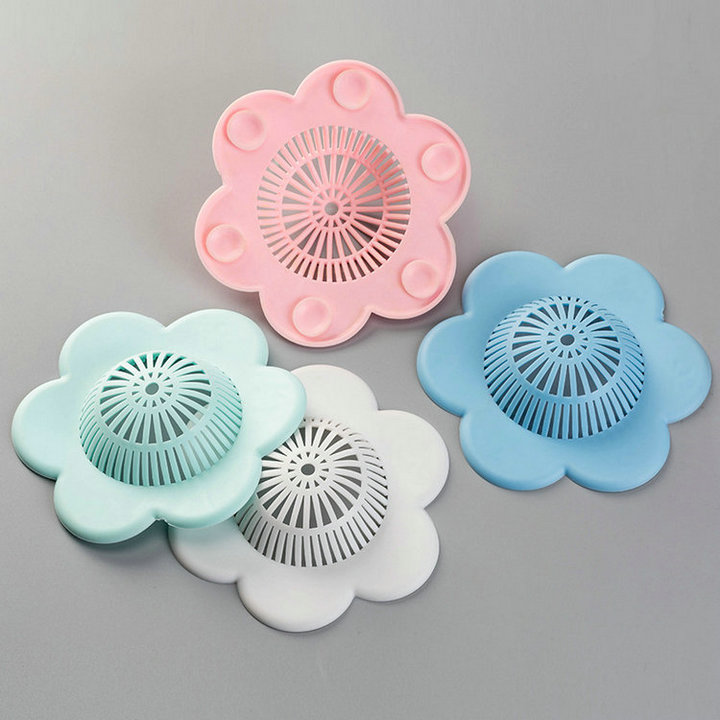
How to Add Whitening Agents to TPE
Incorporating whitening agents requires care to ensure even dispersion and stability. Here’s my process based on years of formulation work:
Consult Supplier Data: Get the TPE supplier’s recommendations for whitening agents and loadings. For example, Kraiburg TPE suggests OB-1 for SEBS grades.
Use Masterbatch: Whitening agents are often supplied as masterbatches (e.g., 20–50% TiO₂ in a TPE carrier) for better dispersion. Dilute to achieve 1–5% active ingredient.
Dry Blend or Compound: For small batches, dry blend pellets with masterbatch. For large runs, compound via twin-screw extruder for uniformity.
Test Dispersion: Mold test parts and check for streaks or agglomeration. Poor dispersion can cause uneven whiteness.
Monitor Processing: Adjust melt temperature and screw speed to avoid degrading the whitening agent. Use a low-compression screw for TPE.
Validate Performance: Test parts for whiteness (using a colorimeter), mechanical properties, and environmental stability (e.g., UV exposure).
In a TPE grip project, we used a 40% TiO₂ masterbatch, diluted to 4% active TiO₂. Compounding ensured a streak-free white finish.
Real-World Case Studies
Let me share two projects where I selected whitening agents for TPE to illustrate the process.
Case Study 1: White TPE Medical Tubing
A medical device client needed Shore 20A TPE tubing with a bright, opaque white finish for aesthetic and branding purposes. The tubing had to meet ISO 10993 and resist yellowing during sterilization. We:
Chose rutile TiO₂ (Tiona 188) at 5% loading for opacity and biocompatibility.
Added 0.01% CBS-X to enhance brightness without compromising clarity.
Used a TPE-compatible masterbatch and compounded via extruder for dispersion.
The tubing passed sterilization tests with no yellowing, and the white finish impressed the client, boosting product appeal.
Case Study 2: TPE Shoe Soles for Outdoor Use
A footwear manufacturer wanted white Shore 60A TPE soles for outdoor sneakers, requiring UV resistance and cost efficiency. We:
Selected rutile TiO₂ (Kronos 2220) at 4% for opacity and UV stability.
Added 0.02% OB-1 for a glowing white effect.
Blended 2% CaCO₃ to reduce costs without sacrificing whiteness.
Tested soles under 1000 hours of UV exposure, confirming no fading.
The soles balanced cost and performance, and the bright white color stood out in retail displays.
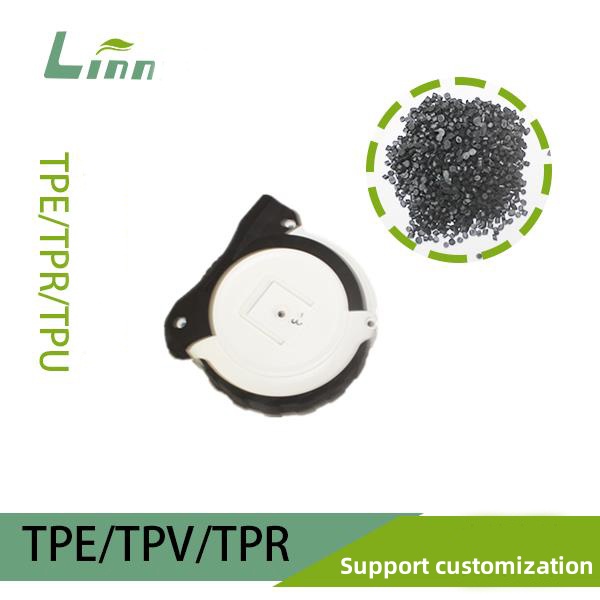
Troubleshooting Common Issues with Whitening Agents
Even with the right whitening agent, issues can arise. Here’s how I’ve tackled common problems:
Yellowing: Often due to overheating or UV degradation. Lower melt temperature (e.g., <200°C for SEBS) or switch to rutile TiO₂.
Streaks: Caused by poor dispersion. Use a masterbatch or increase mixing time during compounding.
Reduced Flexibility: High TiO₂ or CaCO₃ loadings can stiffen TPE. Cap at 5–7% and test mechanical properties.
Migration: OBs can migrate to the surface, causing blooming. Reduce loading to <0.03% or use non-migratory OBs like OB-1.
In a TPE toy project, streaks appeared due to uneven TiO₂ dispersion. Switching to a 50% TiO₂ masterbatch and adjusting screw speed fixed the issue.
Cost vs. Performance Trade-Offs
Whitening agents impact material costs:
OBs: Low loading keeps costs minimal ($0.01–$0.05/kg of TPE), but UV stabilizers may be needed.
TiO₂: Adds $0.02–$0.40/kg at 1–10% loading, but delivers superior whiteness.
CaCO₃/ZnO: Saves $0.05–$0.10/kg but may compromise brightness or properties.
For a budget TPE grip, I used 3% TiO₂ and 5% CaCO₃, saving 10% compared to 7% TiO₂ alone, with acceptable whiteness.
Regulatory and Safety Considerations
Always verify compliance for your application:
Medical: Use ISO 10993-compliant TiO₂ or CBS-X. Avoid non-approved OBs.
Food-Contact: Choose FDA/EU-approved TiO₂ (e.g., Kronos 2220).
Toys: Ensure REACH compliance and avoid heavy metals in pigments.
Environmental: TiO₂ is under scrutiny for nano-particle concerns. Use non-nano grades if required.
I always request safety data sheets (SDS) and compliance certificates from suppliers to avoid regulatory issues.
Where to Source Whitening Agents
Reliable suppliers include:
BASF: OB-1, CBS-X for TPEs.
DuPont, Kronos: High-quality rutile TiO₂ (R-105, 2220).
Clariant: Masterbatches for TiO₂ and OBs.
Omya: CaCO₃ for cost-sensitive applications.
I’ve sourced TiO₂ from Kronos for consistent quality and worked with Clariant for custom masterbatches, saving time on formulation.
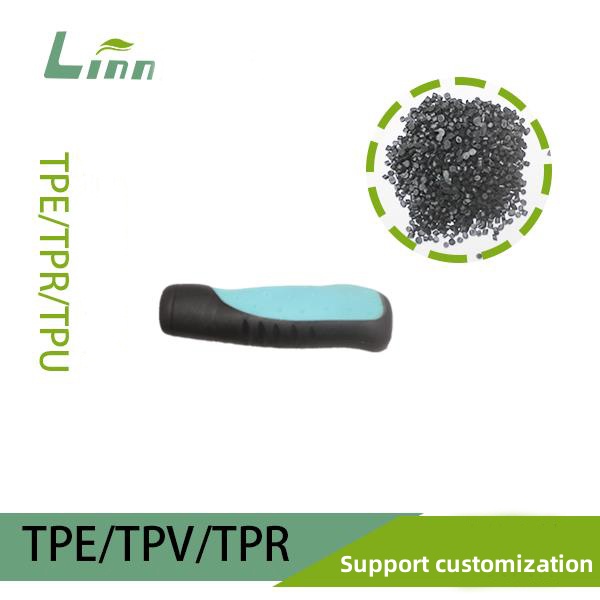
Future Trends in TPE Whitening
Looking ahead, innovations may shape whitening agent use:
Sustainable Options: Bio-based OBs and recycled TiO₂ are emerging, though 10–20% pricier.
UV-Stable OBs: New OBs with better UV resistance could rival TiO₂ for outdoor TPEs.
Nano-TiO₂ Alternatives: Non-nano opacifiers are being developed to address regulatory concerns.
I’ve seen early trials of UV-stable OBs in TPEs, reducing the need for TiO₂ in semi-outdoor applications, a trend to watch.
Practical Tips for Using Whitening Agents in TPE
To wrap up, here’s my advice for success:
Start Low: Begin with minimal loadings (e.g., 0.01% OB, 2% TiO₂) and adjust based on trials.
Test Extensively: Mold test parts under real-world conditions (e.g., UV, sterilization) to confirm performance.
Use Masterbatches: They simplify dispersion and reduce dusting compared to pure powders.
Collaborate with Suppliers: Leverage their expertise for grade selection and processing tips.
Document Results: Record loadings, processing parameters, and outcomes for future reference.
Conclusion: Bright Whites Are Achievable with the Right Whitening Agent
From my years formulating TPEs, I can confidently say that achieving a vibrant white finish is straightforward with the right whitening agent. Optical brighteners like OB-1 or CBS-X deliver glowing effects for transparent TPEs, while rutile TiO₂ (e.g., R-105, Tiona 188) ensures opaque, UV-stable whiteness for demanding applications. By considering TPE type, processing conditions, end-use, and regulations, you can select a whitening agent that balances cost, performance, and aesthetics. My tip? Test small batches, work closely with suppliers, and don’t skimp on dispersion for a flawless result.
If you’re formulating a white TPE and unsure which whitening agent to choose, share your project details, and I’ll offer tailored guidance to help you nail that perfect finish!
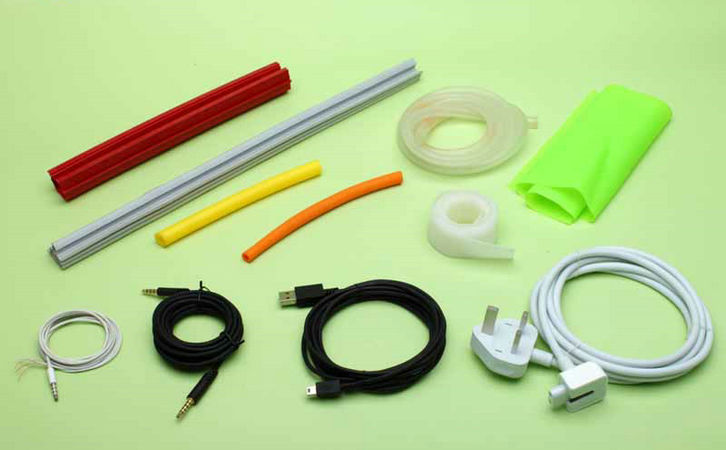
Frequently Asked Questions
1. Can I use the same whitening agent for all TPE types?
No, compatibility varies. SEBS TPEs work well with OB-1 and rutile TiO₂, while TPUs prefer CBS-X or surface-treated TiO₂. Consult your TPE supplier for recommendations.
2. Will whitening agents affect TPE’s flexibility?
High TiO₂ or CaCO₃ loadings (>7%) can reduce elasticity, especially in soft TPEs. OBs have minimal impact due to low loadings. Test mechanical properties after adding.
3. How do I prevent yellowing in white TPE parts?
Use heat-stable agents like OB-1 or rutile TiO₂, keep melt temperatures within supplier guidelines, and add UV stabilizers for outdoor use.
4. Are optical brighteners safe for medical TPEs?
Some OBs, like CBS-X, are ISO 10993-compliant, but always verify with the supplier. TiO₂ is generally safer for medical applications.
5. Where can I buy whitening agents for TPE?
Try BASF (OBs), Kronos or DuPont (TiO₂), or Clariant (masterbatches). Check platforms like Alibaba for bulk options, but verify quality with samples.





